Antarctica: Why the world’s last wilderness is best explored from a luxury cruise ship
Once-in-a-lifetime encounters and a sense of scientific purpose colour Ben Olsen’s memorable expedition to the end of the earth.
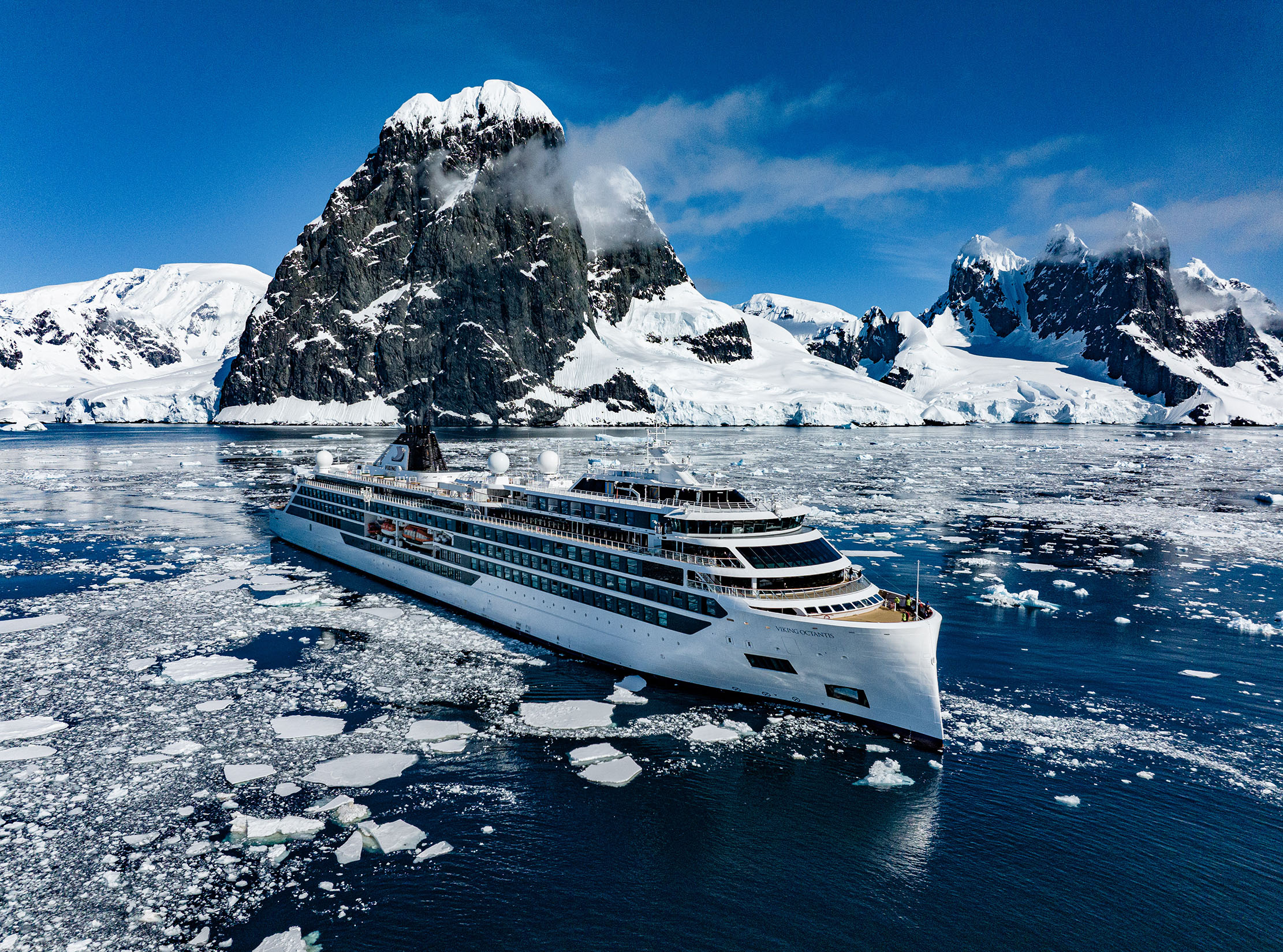

A welcome committee awaits as the Zodiac nears Breakwater Island, a snow-capped outcrop only a short hop from the Antarctic mainland. Shadowy figures line the shore as further crowds congregate on higher ground. We draw closer and — now a few days into this expedition and armed with some ornithological basics — I recognise the orange bills and stocky form of these enigmatic onlookers as Gentoo penguins. Several leap from the water in formation, their synchronised ‘porpoising’, likely to keep track of predatory leopard seals, marking them out as consummate showboaters.
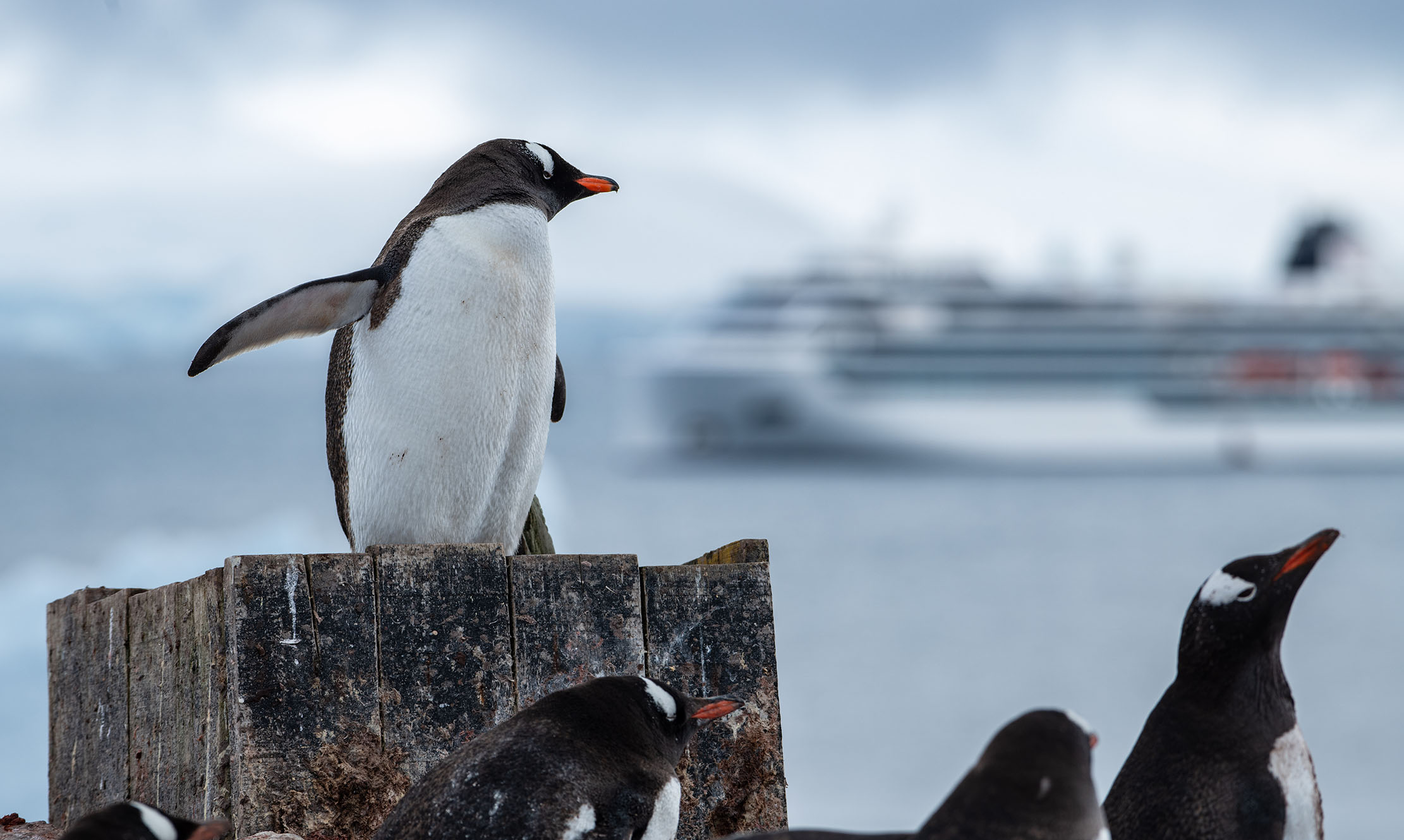
Their effortless grace, however, disappears on land, replaced by an awkward, if loveable, waddle as they transport pebbles, one at a time, to their nesting sites. Closer observation of the colony calls the penguins’ widely acknowledged cuteness into question. Various narratives emerge and I observe pugilistic penguins fighting, flirting and pebble-plundering — scenes reminiscent of a Hogarth painting — as a similarly visceral smell lingers in the air. ‘You can read books, watch documentaries but nothing prepares you for an encounter like this, this is smell-o-vision,’ says one of the expedition’s marine biologists of their squid and krill diet.
Our encounter is later given historic significance when it’s confirmed that Breakwater Island is, in fact, an undiscovered penguin colony. It provokes a cheer from the audience gathered for the daily briefing aboard Polaris, Viking’s newly launched expedition ship. We’re halfway through a 10-day trip that has seen the 378-passenger vessel depart Patagonia and head south across the notoriously treacherous Drake’s Passage to Antarctica’s retina-searing, white-on-white wilderness, where landscapes of snow and ice are swathed by magnificent, constantly changing light.
Across bays, headlands and islands named after Heroic Age explorers, mountains soar above swirling, snow-bearing clouds, dramatic slabs of black rock are iced with tiers of pristine snow. The sea surface is an ongoing science lesson: the snap, crackle and pop of brash ice revealing its transformation from solid to liquid, as brilliantly blue icebergs — the hue created by the compression of light-diffracting bubbles — float by.
We pass the Aitcho Islands, where elephant seals lounge on the shores as skuas whizz overhead; Base Brown, the Argentine research station where we set foot on the continental mainland; and Damoy Point, a stop-off previously used by British scientists and now preserved as a museum, shelves still lined with provisions of Bovril and Spam.
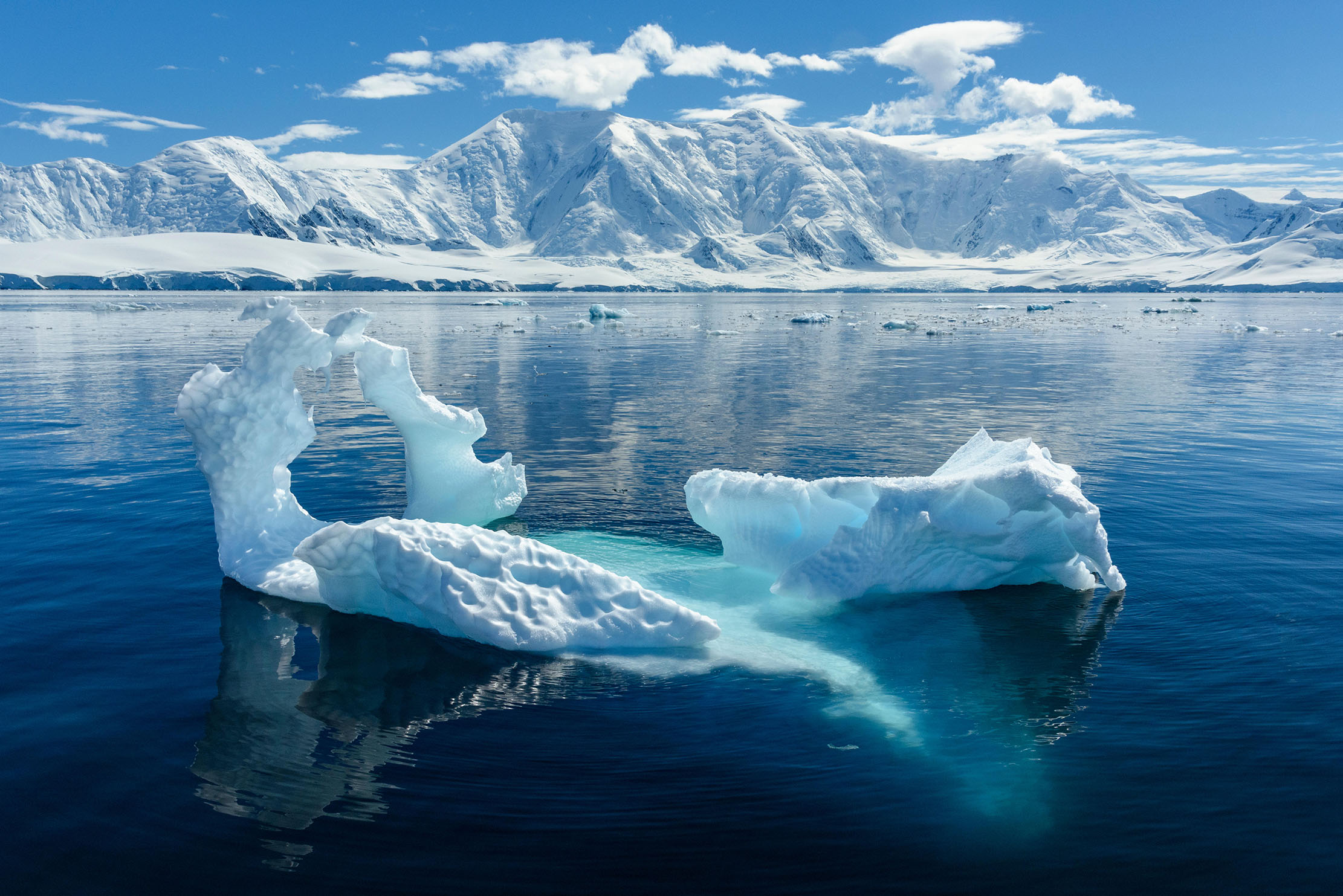
Polaris offers somewhat more luxurious lodgings than the explorers of yesteryear. Her Hangar houses a fleet of military-grade Zodiacs, special-operations boats and kayaks, as restrained, Scandi-influenced interiors, refined international cuisine across four restaurants and sophisticated spa facilities shape daily routines that start and finish in cabins equipped with drying cupboards for expedition gear and windows that half-open to the elements.
It’s here I also find, alongside a Shackleton biography, a tome dedicated to ‘Philosophy for Polar Explorers’, which aptly advises — among other things — making flexibility a habit.
Sign up for the Country Life Newsletter
Exquisite houses, the beauty of Nature, and how to get the most from your life, straight to your inbox.
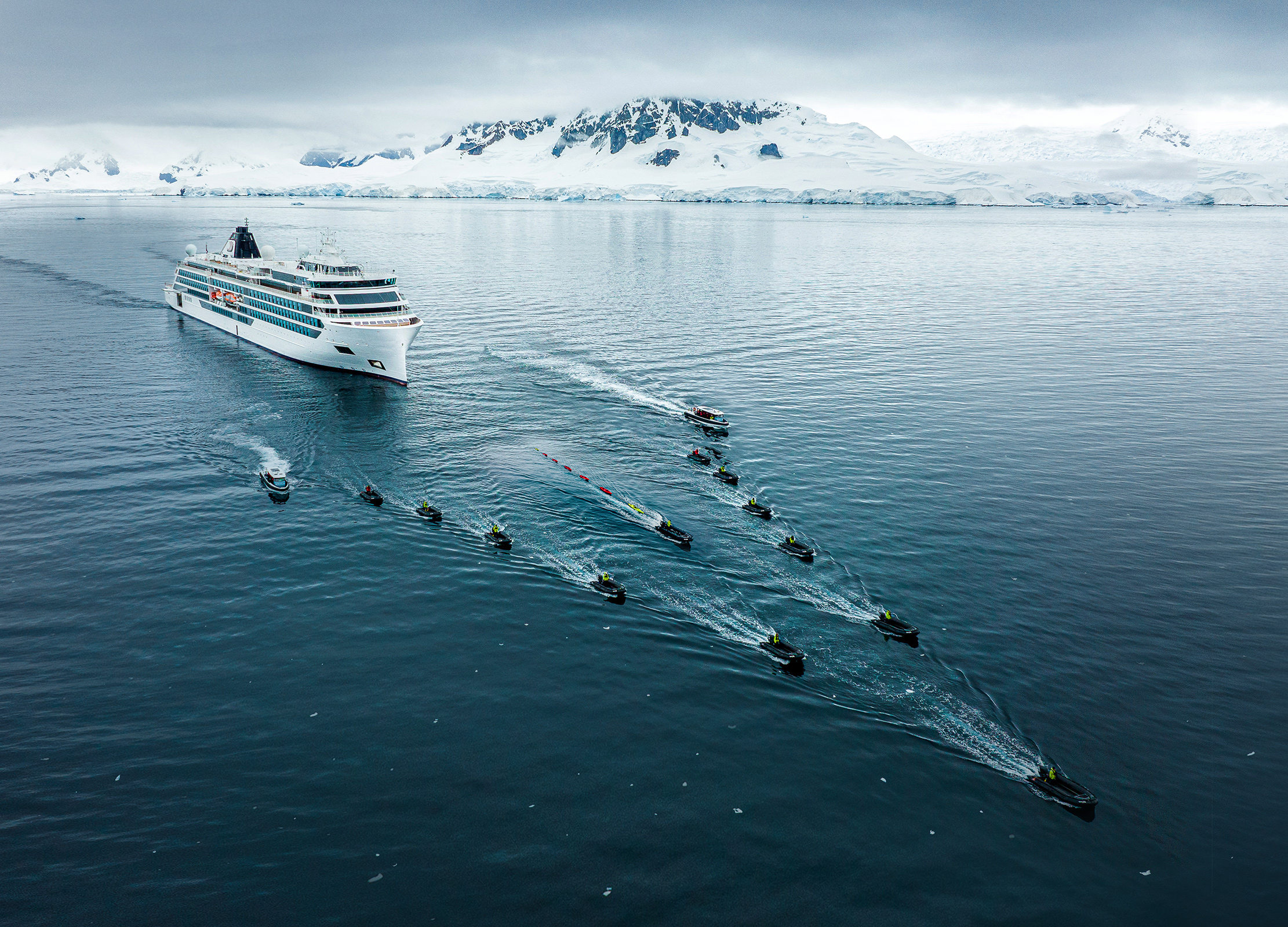
Extreme weather and evolving ice conditions shape and re-route each day’s agenda, with fog shrouding Deception Island’s active volcano and icebergs scotching our first attempt to reach the mainland — not that enforced downtime is too hard to take. Marine-mammal expert Laura has barely started her cetacean lecture in the glass-fronted auditorium when a distracted audience member spots something out at sea. More sightings follow and her Powerpoint is abandoned in favour of a collective sprint on deck as we’re accompanied by fin whales, the second-largest species on earth, into the Gerlache Strait.
There’s further serendipity when, with smooth conditions imminent, I get the call to drop everything and head to the Hangar for a descent aboard one of Polaris’s two six-seater submarines.
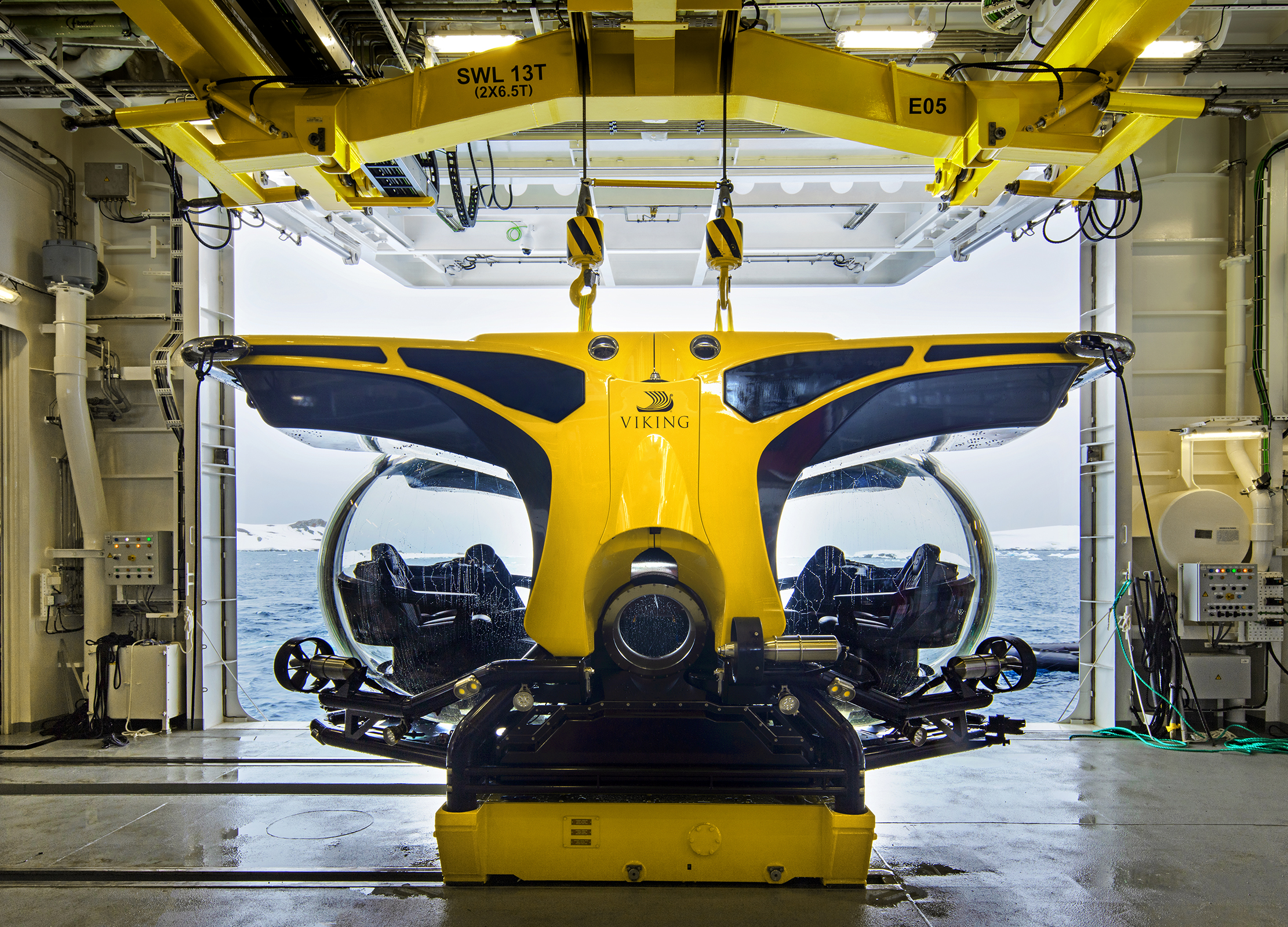
Light fades as the depth gauge hits 328ft and, illuminated by spotlights, the ocean bed appears through a mist of plankton. We’re not alone. As the eyes adjust, lifeforms start to become apparent: corals, starfish, inquisitive icefish and the improbable Labidiaster annulatus, 2ft-wide seabed dwellers with 40 arms that help snare passers by. Our Swedish pilot, Daniel, notes with sufficient gravitas that: ‘Today you’re seeing a piece of the Earth that no one else has seen.’
Previous submarine sightings of incredibly rare giant phantom jellyfish have become the subject of Viking’s first published scientific paper—something that helps address the elephant in the room, as to whether we should be in Antarctica at all. Viking’s on-board laboratory provides scientists with a platform for running projects backed by international institutions, many assisted by guests, from a NASA-sponsored investigation charting glacial melt on phytoplankton to microplastics studies and seabed mapping.
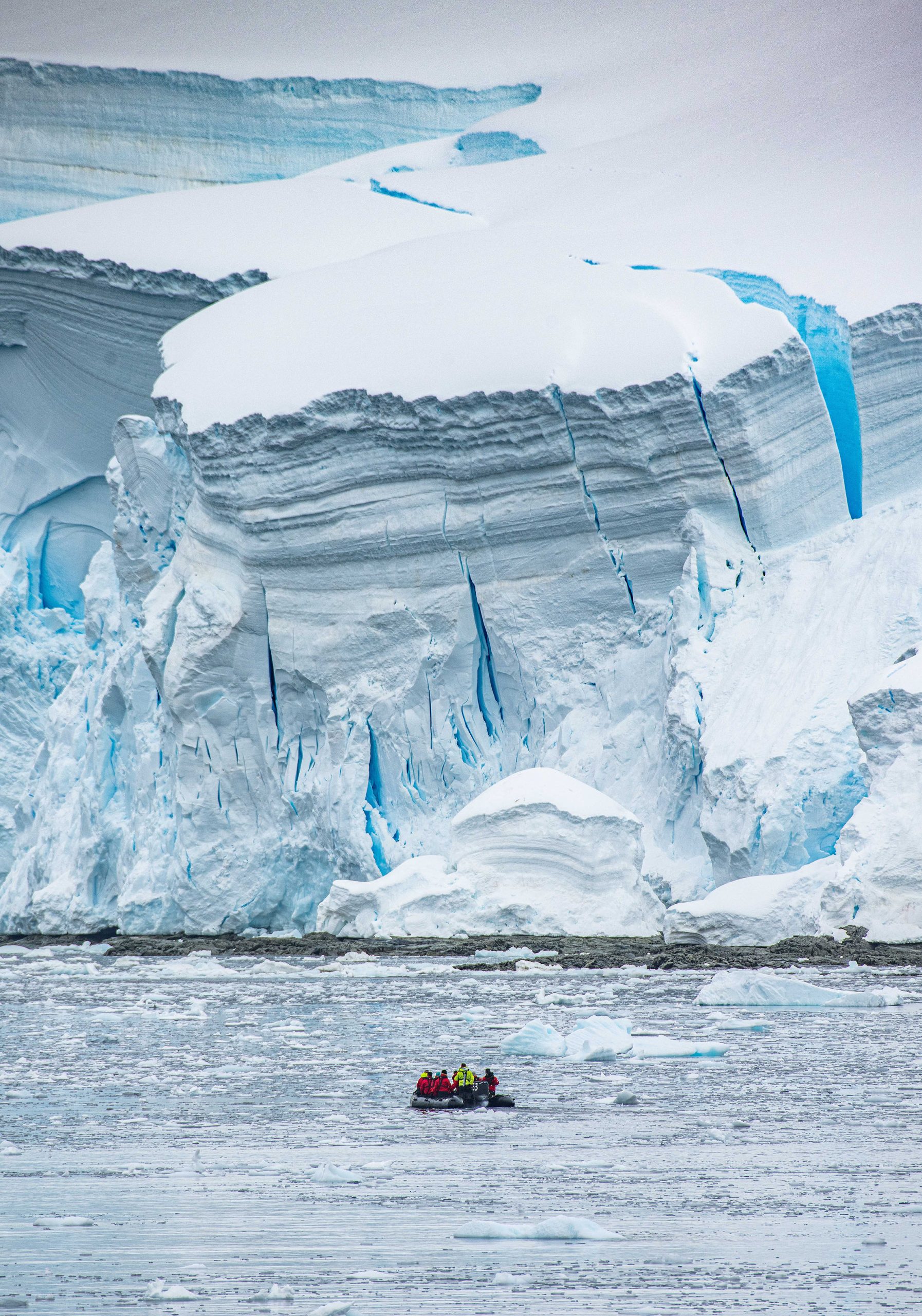
‘We still know so little about Antarctica, meaning there’s endless opportunity for new research,’ says chief scientist Daniel Moore, who, as he prepares bait for a marine life monitoring project, explains how this research can help mitigate change and influence policy.
‘Antarctica gives us hope. So much of what we hear is negative, yet here you find pristine areas with huge amounts of wildlife, proving there is still something worth protecting and that every action we take back home is worth it.’
How to travel to Antarctica
Sailings in January 2024 with Viking Cruises cost from £12,995 per person, including return flights from select UK airports. Price also includes internal charter flights from Buenos Aires to Ushuaia; in-destination transfers; one night in a city-centre hotel in Buenos Aires; 12 days on board in a Nordic Balcony state room; all on-board meals in alternative restaurants at no surcharge including wine, beer and soft drinks with lunch and dinner; included shore excursions; WiFi (connection speed may vary); gratuities; access to The Nordic Spa and fitness centre; evening entertainment and enrichment talks; use of Viking expedition gear; keepsake Viking expedition jacket; excursions on the kayaks, Zodiacs, special-operations boats and submarine (weather and condition dependent); and access to Viking Resident Scientists.
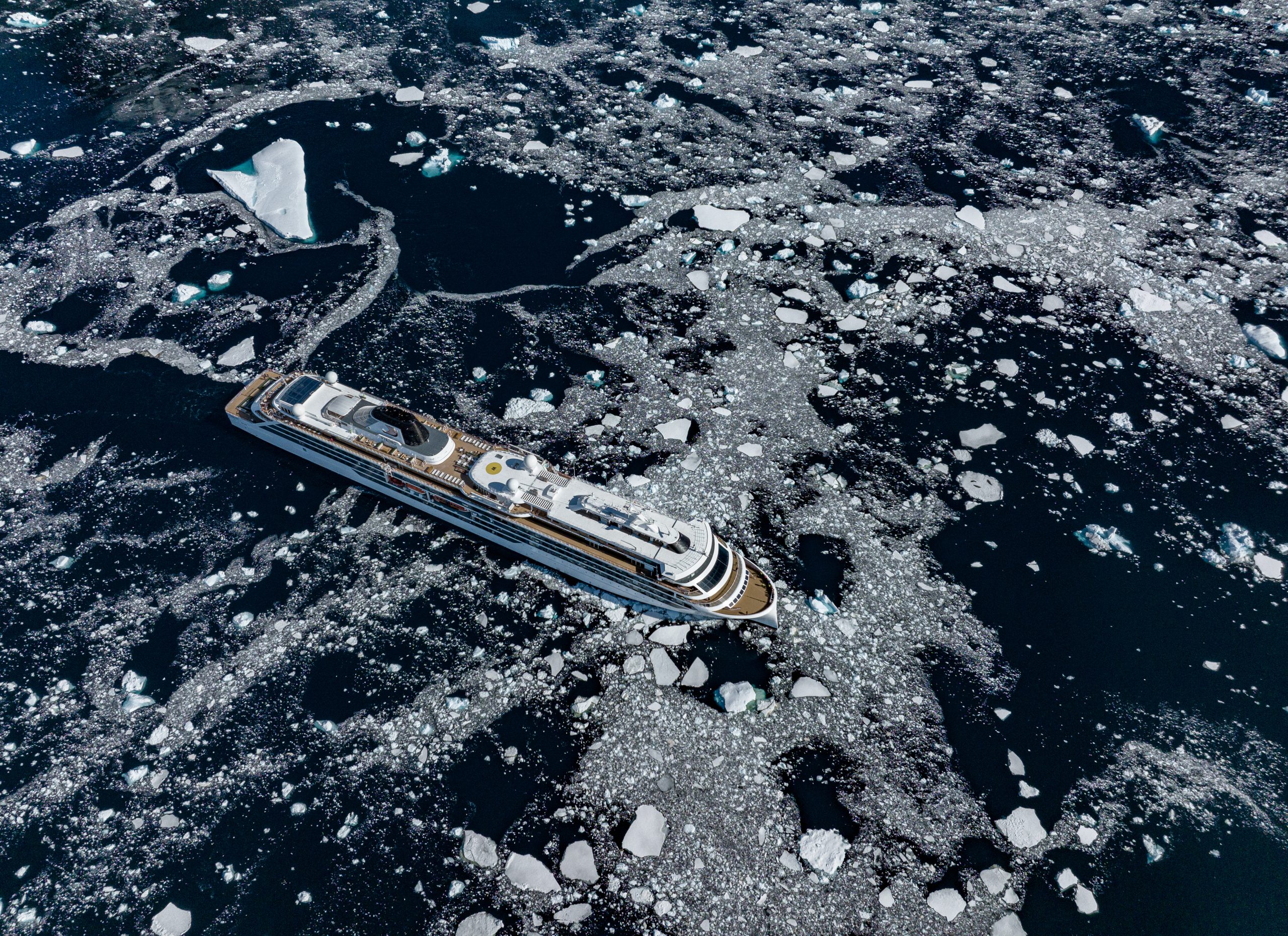
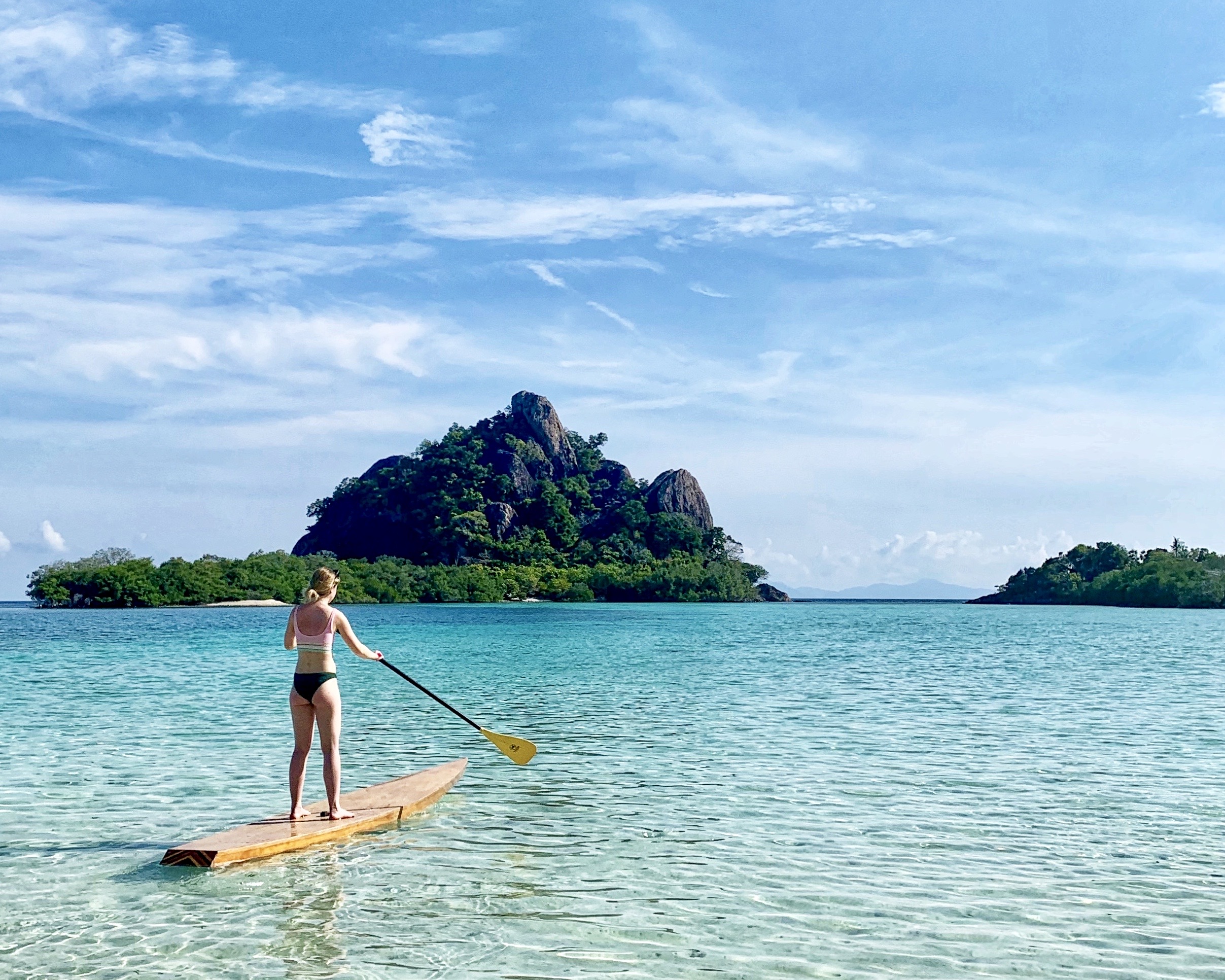
Credit: Rosie Paterson
Bucket List dreams for life after lockdown, from the dazzling plains of Antarctica to a treehouse in Botswana
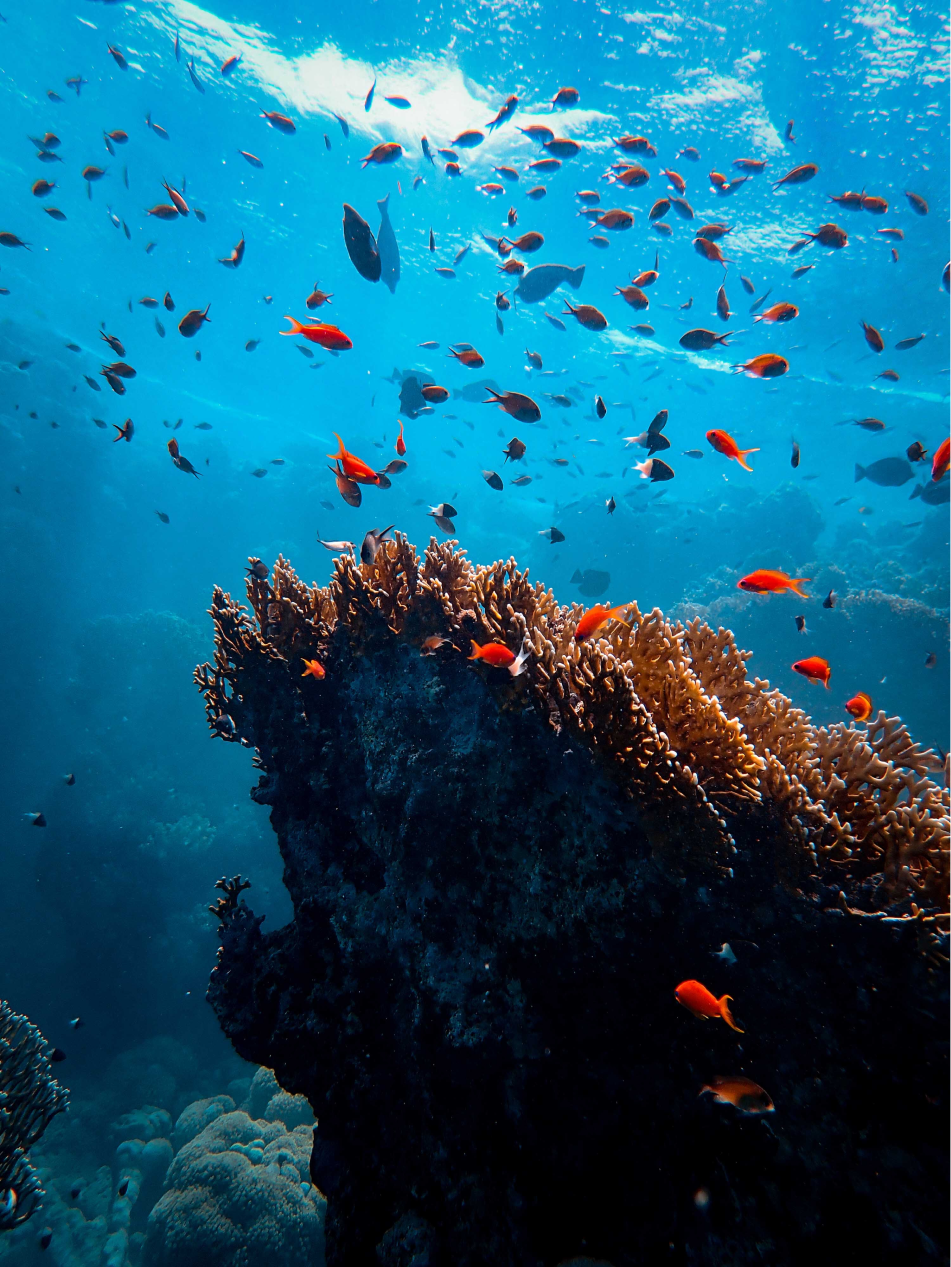
Credit: Blancpain
10 beautiful and thought-provoking pictures of the oceans to remind us all what's at stake
Country Life is unlike any other magazine: the only glossy weekly on the newsstand and the only magazine that has been guest-edited by HRH The King not once, but twice. It is a celebration of modern rural life and all its diverse joys and pleasures — that was first published in Queen Victoria's Diamond Jubilee year. Our eclectic mixture of witty and informative content — from the most up-to-date property news and commentary and a coveted glimpse inside some of the UK's best houses and gardens, to gardening, the arts and interior design, written by experts in their field — still cannot be found in print or online, anywhere else.
-
 'Monolithic, multi-layered and quite, quite magnificent. This was love at first bite': Tom Parker Bowles on his lifelong love affair with lasagne
'Monolithic, multi-layered and quite, quite magnificent. This was love at first bite': Tom Parker Bowles on his lifelong love affair with lasagneAn upwardly mobile spaghetti Bolognese, lasagne al forno, with oozing béchamel and layered meaty magnificence, is a bona fide comfort classic, declares Tom Parker Bowles.
By Tom Parker Bowles
-
 Country houses, cream teas and Baywatch: Country Life Quiz of the Day, April 24, 2025
Country houses, cream teas and Baywatch: Country Life Quiz of the Day, April 24, 2025Thursday's Quiz of the Day asks exactly how popular Baywatch became.
By Toby Keel